Most of the Tesla cars sold in Europe this year were shipped from China. Currently, Tesla has two factories globally (California and Shanghai) which are in a competitive relationship. However, after the next wave of factory construction, the competitive landscape will shift to include California, Texas (headquarters), Shanghai, and Berlin.
The Berlin factory recently hosted the Giga Fest event, which showcases that the Model Y structured battery and CTC are already prepared. With a lot of content to cover, let’s begin with the 4680 structured battery (CTC) cell.
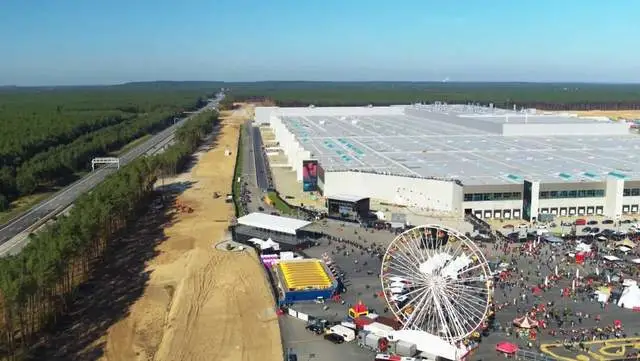
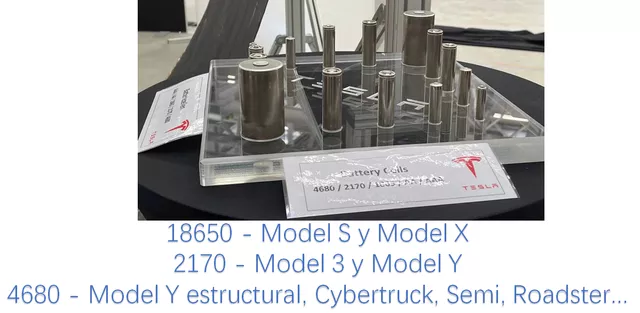
Note: Recently, I heard a saying that, from an investment perspective, when an entrepreneur shares a grand vision with you, people’s first impression is usually that it is too far-fetched. However, if the roadmap is continuously affirmed, we all need to seriously consider Elon Musk’s plan to produce 20 million cars by 2030, and what impact it will have on the world.
Let’s share some details about the 4680 battery design. The main confirmation this time was to confirm the accuracy of the leaked photos.
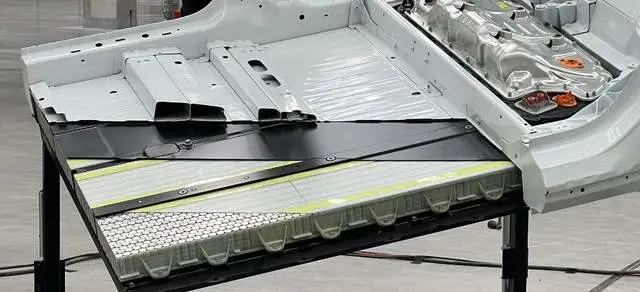
Regarding the design, we can see some interesting details:
- Tesla continues to use side cooling of the cells. From a design perspective, the 4680 cells are arranged transversely in the vehicle body, while the 2170 cells are arranged longitudinally. The bottom needs to be reinforced for protection.
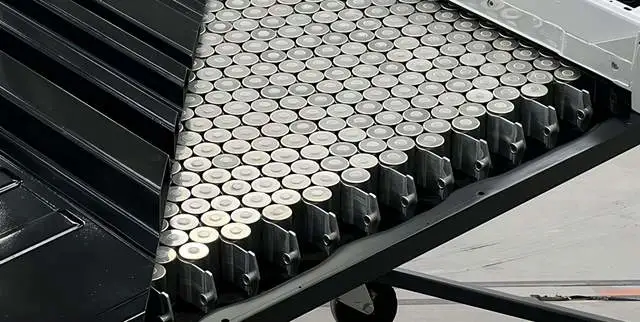 Here, the glue basically fills the distance between and around the cells, and the CMU is included on the side. Due to the requirements for side impact, this area is likely also sealed with glue, which not only provides structural connection, but also provides some thermal insulation.
Here, the glue basically fills the distance between and around the cells, and the CMU is included on the side. Due to the requirements for side impact, this area is likely also sealed with glue, which not only provides structural connection, but also provides some thermal insulation.
Note: This is a response from Munro during the interview with Elon Musk –
The cells today in every car are carried like a sack of potatoes. They actually have a negative structural value. They don’t serve to aiding the structure of the car, and they have to be isolated from the rest of the car, so it’s isolated from vibration and shock loads and that kind of thing. You’ve got to put mass into isolating the cells. Because otherwise, they will bang against the side of the battery casing, and that’s not good. But by essentially bonding the cells in there, and where the bonding foam serves as both an adhesive and fire retardant, basically, you get two bows with one stone.
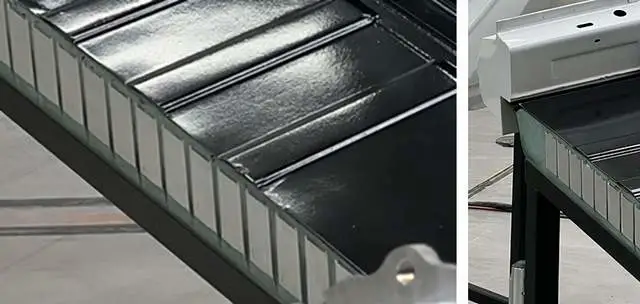
Where is the best place to put the BMS sampling board? In blade batteries, all sampling boards are placed on one side as a connection method. In fact, when it comes to structured batteries, the design concept of integrated batteries may need to directly connect the battery cells and blocks, as shown in the figure below. In order to avoid affecting the arrangement of the cells, they are basically placed at the end of the side of the battery.
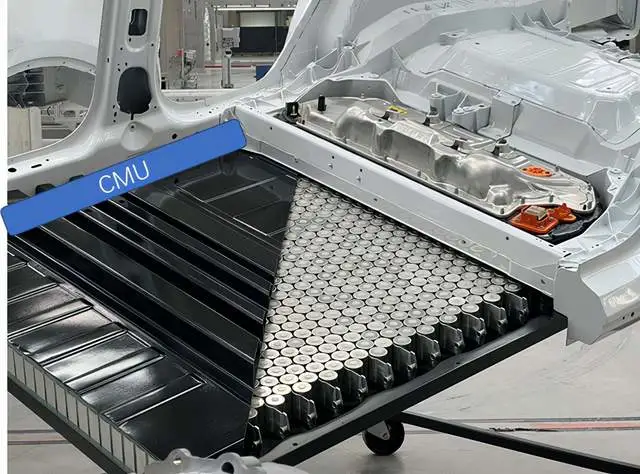
- Tesla has optimized its original bonding aluminum wire welding process, which is also consistent with the nickel plate electrical connection method we know. The core issue still relates to the fuse’s ability to fuse, which has a direct impact on the rated current and melting current supported by a single cell, as it transitions from 2170 to 4680, with a 5x increase in capacity. In this case, Tesla uses the pins of the busbar to directly connect the electrical connection to the battery management system’s collection board.
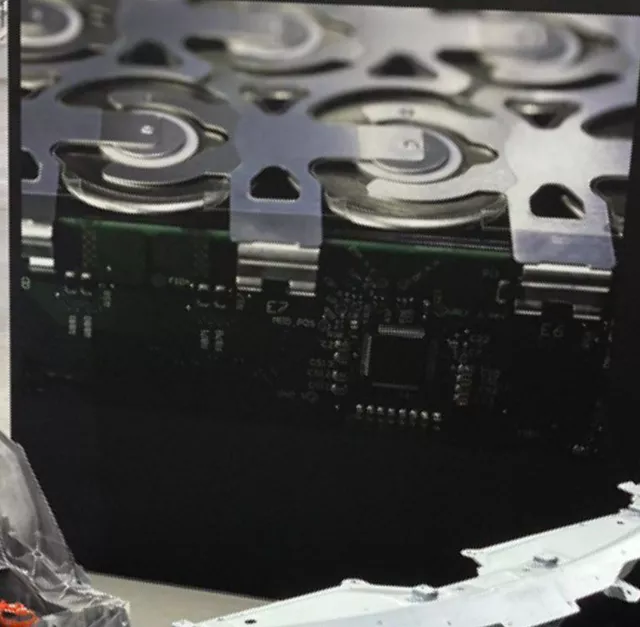
- Due to the increase in cell capacity, how to quickly discharge gas in the event of a single cell thermal runaway is a significant design challenge. based on the previous design of 2 pressure release valves, this time Tesla installed multiple pressure release valves on one side of the battery pack (counted 8 in total). In addition to the number, the design difference is that the opening direction is also different, towards the side of the body, as opposed to the previous rear-facing orientation.
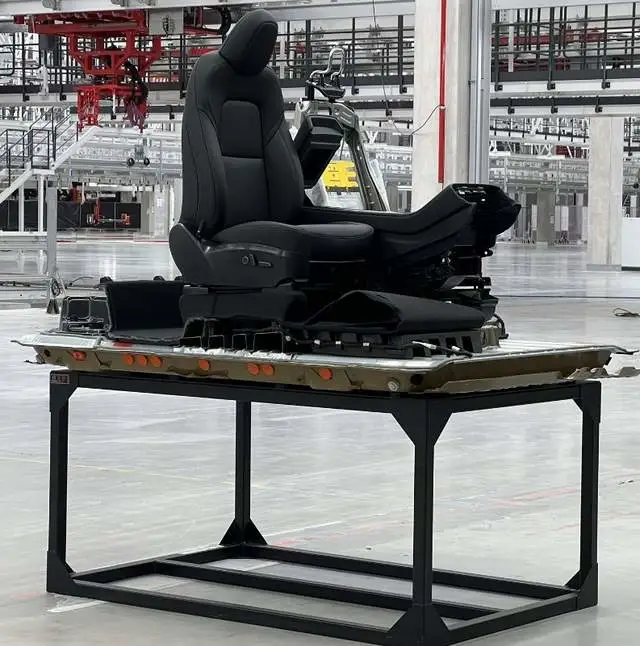
- At present, in the CTC design, Tesla has canceled the definition of the original battery cover. As shown in the diagram below, the battery cover covers two functions of sealing the battery and the vehicle floor. The new structure consists of multiple parts, including front, middle, and rear sections, combined to strengthen the structure.
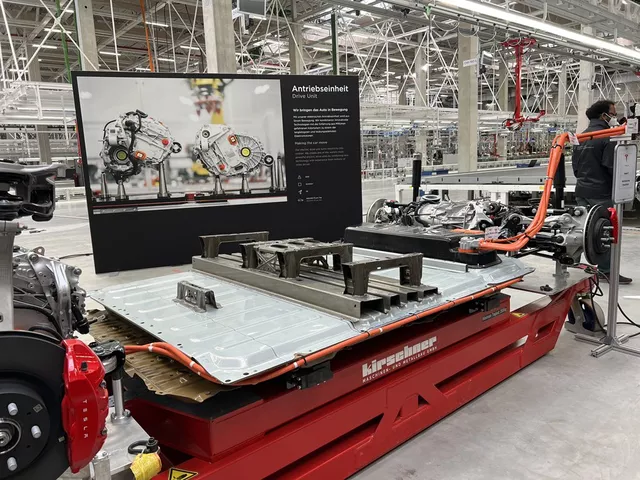
As shown below, the front seats are directly mounted to the battery cover, so there are four arched load-bearing structures in the middle, and one structural connection point at the front end.
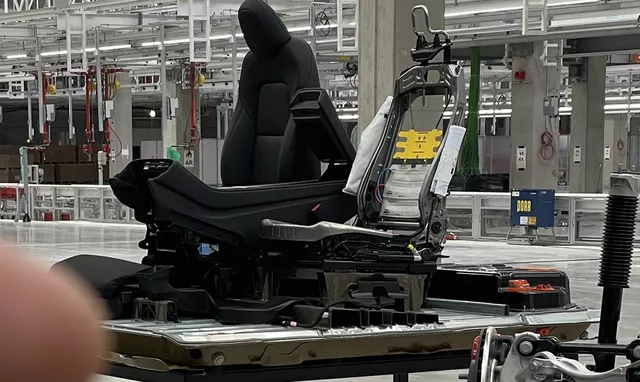
Conclusion: There are many interesting things to decipher, but let’s stop here for now.
This article is a translation by ChatGPT of a Chinese report from 42HOW. If you have any questions about it, please email bd@42how.com.